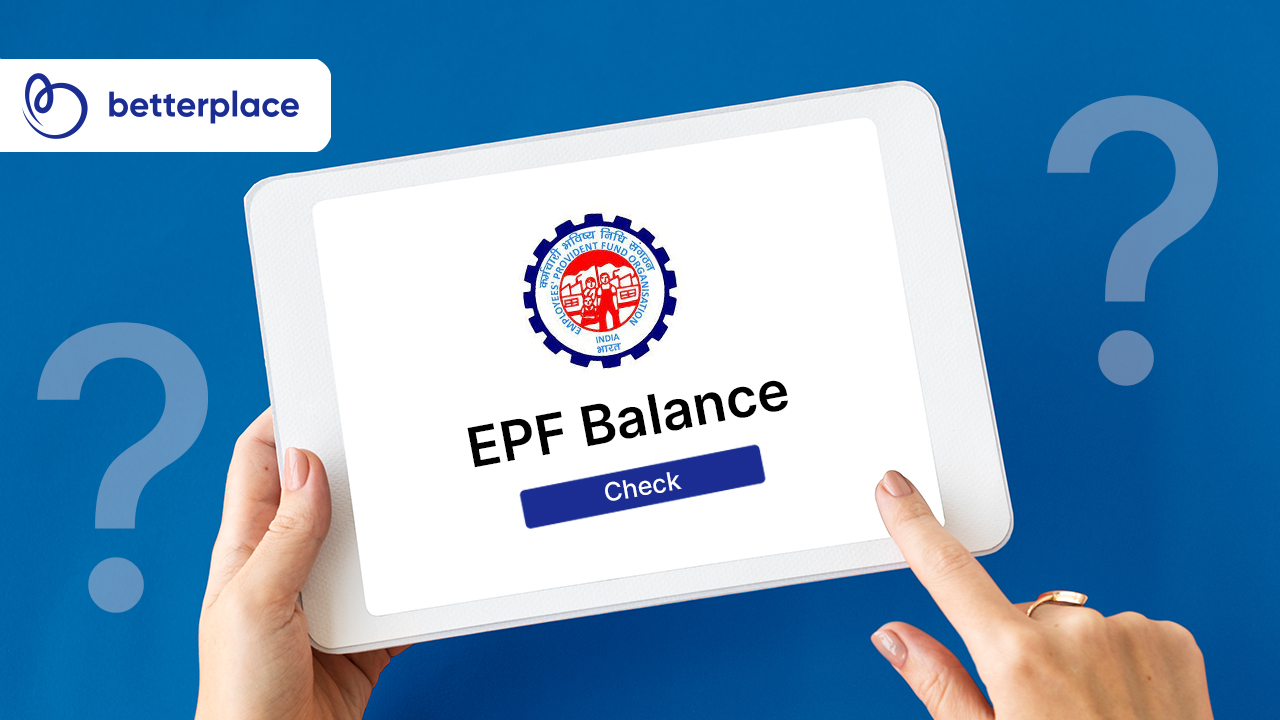Full life cycle recruiting is the end-to-end process of hiring a candidate. It’s composed of 7 different stages:

- Planning/Preparing
Planning and preparation are important aspects of starting any work. These play a major role In the recruitment cycle too.
Recruitment should be started with defining a candidate persona and writing the Job Description (JD).
Coming up with a good JD of any particular job is always important as without understanding what the job entails, no candidate would want to apply.
The candidate persona should give an idea to the applicant of the qualities you are looking for in an ideal candidate. The JD should be very clear, mentioning the roles and responsibilities along with stating how the candidate stands to benefit from joining the company.
- Job Posting
After preparing the JD, it needs to be posted by HR/Recruiters in order to spread the word that you are hiring for a particular position in your organization.
Without circulating the JD, it is difficult to find the right candidates for the job. Social media platforms, personal groups and different job portals JD can be used for circulating the JD.
- Sourcing
It is the method of utilizing all available resources to find the right candidate.
HR/Recruiters can use various job portals, referrals, social recruiting, web sourcing to find the perfect candidate. After using these platforms, HR saves details of those candidates in the database that match the job description.
- Screening
Sourcing involves shortlisting the best candidates from a pool of job applications received.
Recruiters assess the applicants for the first time through manual screening of the resumes after reading their cover letters. Post resume screening, a round of telephonic screening may follow, where the candidate is then evaluated on the basis of his communication skills, domain knowledge and previous work experience.
- Scheduling
If the feedback of the telephonic assessment round is positive, then only will the candidate be invited to attend an in-person or face-to-face interview.
Taking the convenience of the candidate into account is crucial in ensuring that he turns up for the interview. A call before the interview helps in reminding the candidate about the interview and clearing any questions he might have about the process.
- Selecting
This plays the most crucial role in the recruitment life cycle. Hiring the best candidate from the shortlist pool can be the biggest challenge for the HR/Recruiters.
Selection is done primarily through a face-to-face interview. It gives the interviewer a chance to evaluate the candidate by his body language, attitude and technical skills in a one-to-one setting.
- Hiring
Hiring includes salary negotiation and issuing offer letters. HR plays a prominent role here in satisfying the candidate by negotiating the salary, benefits, and in convincing him to join the company.
The offer letter, which is a formal document entailing the conditions of a job is sent to the candidates selected for employment. This written confirmation contains the following details:
-
- Job description (JD)
- Job title
- Date of joining
- Reporting structure
- Benefits offered and eligibility
- Salary
- Offer letter acknowledgement and proof of acceptance
- Onboarding
This is a very delicate phase of the recruitment process. The success of all the recruitment efforts so far hinges on this phase.
It includes paperwork, and other formalities, such as induction, introduction to team members, orientation, and training.
The most important goal of this phase is to make the employee feel welcome and to make sure he settles in comfortably with the culture of the workplace
Although full life cycle recruiting entails a lot of steps, it’s not a crucial step in finding the right candidate for the job vacancy. After all, the fate of your business depends on your hiring practices.
Frequently asked questions
1) What is e-recruitment?
Online recruitment also known as e-recruitment, refers to using the software, web or any other technologies to find, filter and hire candidates. Most popular online recruitment methods are; sourcing talent through social media, utilizing application tracking system(ATS), interviewing via a video software etc.
2) Distinguish between recruitment and selection
The words “recruitment” and “selection” portray two unmistakable periods of your hiring cycle. Recruitment refers to drawing in, finding and connecting with eligible candidates. Selection refers to assessing the talents acquired and at last hiring or selecting the best among them.
3) How can you define Recruitment KPI/metrics?
Enlisting KPIs (or metrics) measure how effective and proficient your recruitment cycle is. A few metrics are communicated as rates or proportions (for example yield proportions), while others are supreme qualities that you can contrast with industry or organization principles (for example, time to hire an employee.) Recruiters can use them to find how well the recruitment cycle functions and distinguish where to improve.
4) What are the most commonly tracked recruitment KPIs?
The commonly tracked recruitment KPIs are hiring quality, cost per hire, time taken to fill a vacancy, hiring source and offer acceptance rate.
5) What is meant by ‘Virtual recruiter’?
Virtual Recruiters (VRs) are recruiters who work (recruit) virtually (mostly over the Internet and by phone). Their commitments are similar to those of in-house recruiters, but they work remotely. Virtual recruiters often get to choose their work location. VRs are often contract employees, rather than employees.
6) What is employer branding?
Employer branding can be defined as a company’s reputation as a choice of place to work. It is how people perceive a company’s work culture, environment and employment values.
7) What are the benefits of having a strong employer brand?
Studies show that employers having strong employer brands perform well in the talent market. Employer branding helps reduce advertising cost for recruitment, improve employee rates, attract top talent, and reduce time to hire.
8) What is the end-to-end recruitment process?
The full life cycle recruiting is also referred to as an end-to-end recruitment process. It is a complete approach to talent acquisition that confines every stage of the talent acquisition process, from finding the job requirement to employee onboarding.
9) What are the primary HR activities?
The primary responsibilities of the human resource department can be categorized into five core functions: staffing, employee and labour relations, development, recompense, and the safety and health of the employees.
10) What are transactional human resource activities?
Transactional HR is effectively managing the day-to-day organizational functions, such as scheduling workplace policies, recruiting and managing new employees, and addressing benefits management and other workplace operations.








